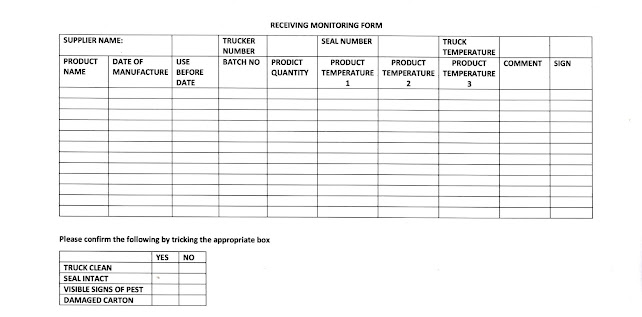HACCP Program for Warehouse Handling Food Products- A simple Guide for Startups
Definitions of terms used . Before we get started, let's first look at key terms to be used in this blog. Hazard Analysis Critical Control Point (HACCP) HACCP is a food safety management system that addresses food safety concerns through the analysis and control of contaminants (physical, chemical, and biological). Critical Control Points (CCP) Step in the process at which a control measure is applied to prevent or reduce a significant food safety hazard to an acceptable level. Critical limits Measurable values that separate acceptability from unacceptability. Deviation Non-fulfillment of a set requirement. Corrective actions These are actions taken to eliminate a deviation and to prevent its recurrence. You can read more about corrective action from here Risks Risks are the effects or consequences of the uncertainty of an event. Setting up a HACCP Program for Warehouse The journey of food safety begins in the garden and concludes at the consumer’s table. Along this intricate chain...
